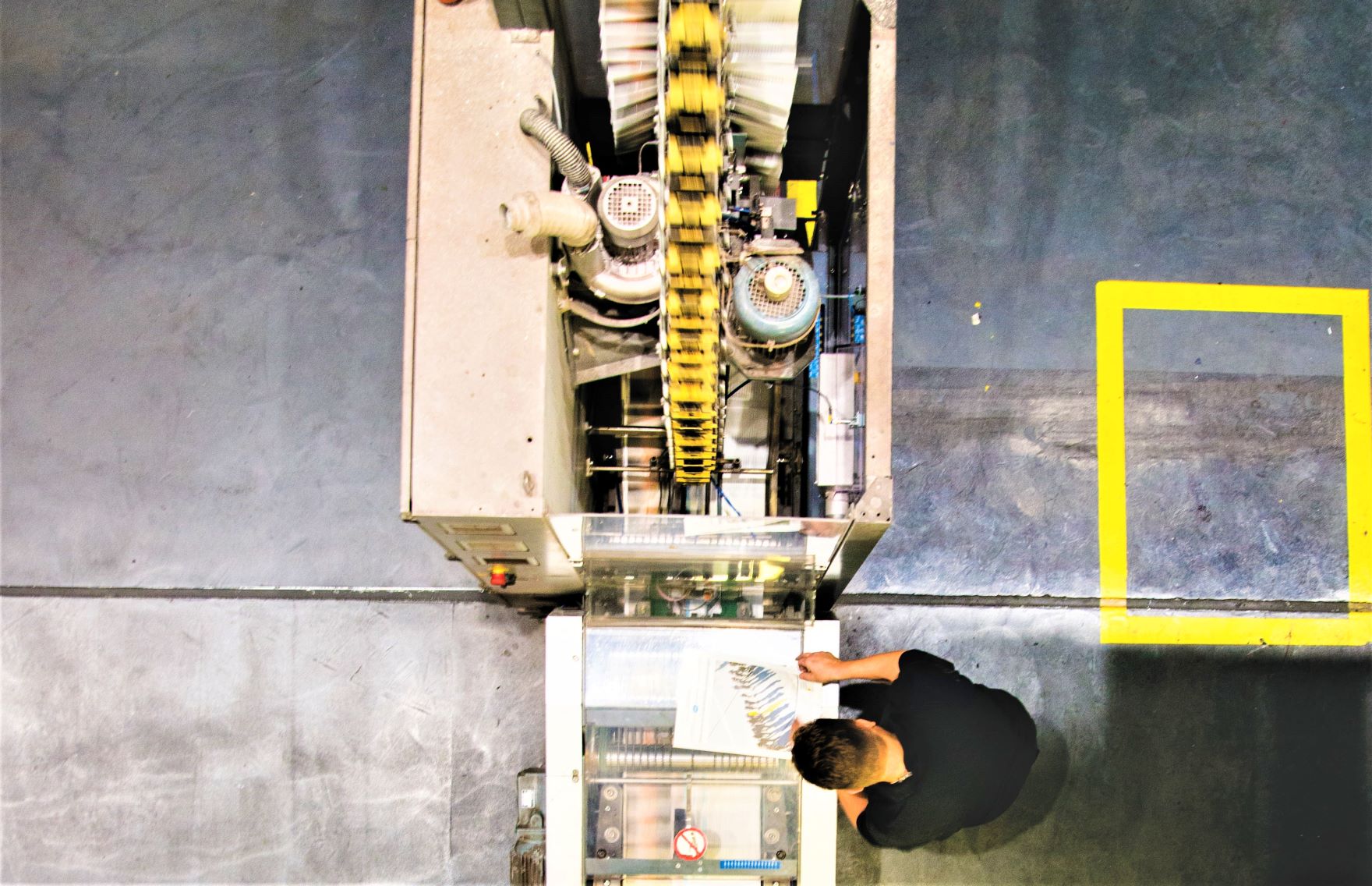
US printing firm Xerox has exited a 57-year-long joint venture with Japan’s Fujifilm as part of a broader restructuring deal that will land it $2.3 billion.
The agreement comes amid reports by the Wall Street Journal that Xerox is mulling an audacious and unlikely bid for HP; a company triple its size.
(Xerox itself has “received and reviewed bids from multiple potential counterparties that were interested in purchasing the business at an attractive premium” it said October 29, but “will not pursue a sale of the business at this time”.)
The November 5, 2019 agreement with Japan’s Fujifilm includes:
- The sale of Xerox’s 25 percent stake in Fuji Xerox (FX) to a subsidiary of Fujifilm;
- Modified sourcing terms that will “ensure Xerox’s product supply continuity”;
- Sale to an affiliate of FX of Xerox’s 51 percent stake in Xerox International Partners (XIP), an OEM joint venture between Xerox and FX.
- Dismissal of the $1 billion lawsuit Fujifilm filed against Xerox after last year’s terminated merger.
“These agreements reset our relationship with Fujifilm and provide both companies with tremendous opportunities to grow, together and independently,” said Xerox CEO John Visentin, adding: “These agreements also unlock significant unrealized value for our shareholders, provide greater clarity for our customers and help us speed our transformation to a digital-first company.”

A technology agreement between the two which lets them cross-license certain intellectual property, will remain in place until March 2021.
Fuji Xerox will continue using the Fuji Xerox brand for two years as it transitions to a new brand in exchange for an upfront, prepaid fixed royalty of $100 million, Xerox told investors.
It plans to use the cash proceeds to “accelerate transformation to a digital first company and, opportunistically, to pursue “accretive M&A in core and adjacent industries, return capital to shareholders and pay down $550 million December 2019 debt maturity.”

Xerox is midway through a sweeping shakeup, which is seeing it shift focus to “developments in digital packaging and print; 3D printing; AI workflow assistants; and sensors and services for the IoT” and undergo significant internal modernisation, with more automated process and a shift to the cloud.
Among Xerox’s targets are slashing IT costs from four percent of revenue to one percent, trimming the number of applications it is running from 1,700 to 500, and cutting its 8,000 suppliers to 3,000. It is also aiming to improve services and software revenues, and deepen penetration in the SMB market.
Read this: 9,000 Jobs to Go, as HP’s New CEO Wields Axe






